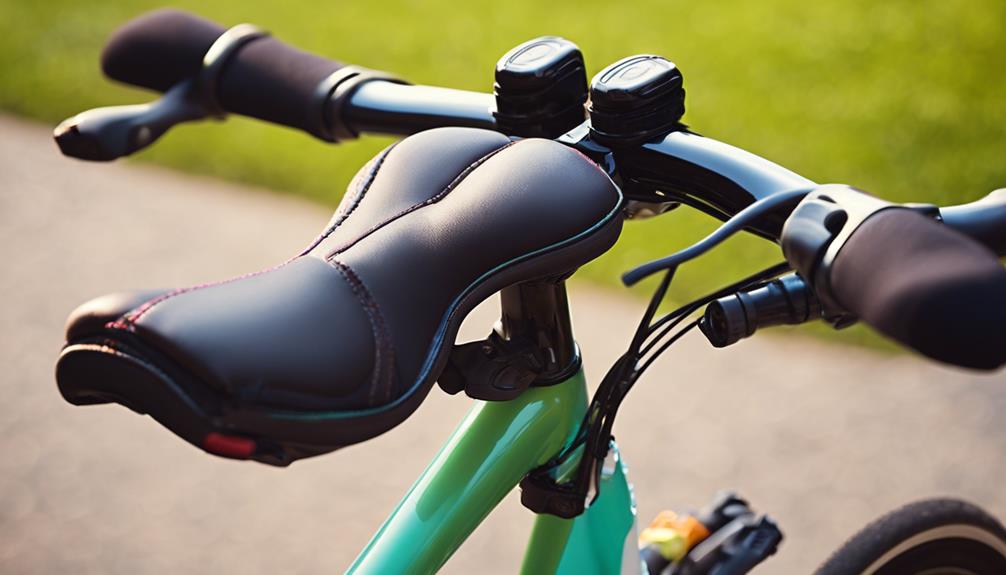Maintaining your bike chain is crucial for ensuring a smooth, efficient ride. One of the key aspects of bike maintenance that often gets overlooked is lubrication. But how often should you lubricate your bike chain? This question doesn’t have a one-size-fits-all answer, as factors such as riding conditions, chain type, and personal riding style play a significant role. In this guide, we’ll explore the importance of bike chain lubrication, factors influencing lubrication frequency, signs that your chain needs lube, and tips for applying lubricant effectively. By the end, you’ll be equipped with all the knowledge you need to keep your bike chain in optimal condition.
The Importance of Bike Chain Lubrication
Lubricating your bike chain is essential for several reasons. First and foremost, it reduces friction between the chain and the gears, allowing for smoother gear shifts and a more efficient ride. A well-lubricated chain also minimizes wear and tear, extending the lifespan of your drivetrain components. Additionally, proper lubrication helps prevent rust and corrosion, particularly if you ride in wet or humid conditions. By ensuring your bike chain is adequately lubricated, you’re not only enhancing your ride experience but also saving money on potential repairs down the line.
Factors That Influence How Often You Should Lubricate Your Bike Chain
Determining how often you should lubricate your bike chain depends on several factors. One of the most significant influences is the type of riding you do. If you’re an avid mountain biker frequently riding in muddy or wet conditions, your chain will require more frequent lubrication compared to someone who rides primarily on dry pavement. Similarly, the type of lubricant you use plays a role; wet lubes are typically more durable in harsh conditions, while dry lubes may require more regular applications. Additionally, the climate you live in and the frequency of your rides should be considered. In general, if you ride frequently, it’s wise to check your chain’s lubrication every few rides.
Signs That Your Bike Chain Needs Lubrication
Recognizing the signs that your bike chain requires lubrication can help maintain its performance. One clear indicator is a noticeable increase in noise during pedaling; a dry chain can produce a grinding or squeaking sound. Another sign is the presence of rust or a dull appearance on the chain, signaling that moisture has compromised its integrity. If you notice sluggish gear shifts or a feeling of resistance when pedaling, these may also be signs that your chain needs lubrication. Regularly inspecting your bike chain for these indicators can help you stay ahead of maintenance issues.
How to Properly Apply Bike Chain Lubricant
Applying lubricant to your bike chain may seem straightforward, but doing it correctly can make a significant difference in its effectiveness. Start by cleaning your chain; using a degreaser is often recommended to remove dirt and grime. Once clean and dry, apply lubricant to the inside of the chain while slowly pedaling backward to ensure even distribution. It’s crucial to avoid over-lubrication, as excess lube can attract dirt and debris, leading to the opposite effect. After applying, wipe off any excess with a clean cloth to keep your drivetrain clean and efficient.
Different Types of Bike Chain Lubricants
There are various types of bike chain lubricants available, each suited for different riding conditions. Wet lubes are thicker and designed for wet or muddy conditions; they provide long-lasting lubrication but can attract dirt. On the other hand, dry lubes are lighter and ideal for dry, dusty conditions, as they create less buildup. Additionally, there are all-weather lubes that offer a balance between the two, making them versatile for various riding conditions. When choosing a lubricant, consider your typical riding environment, as this will significantly impact the longevity and effectiveness of the lube.
Best Practices for Bike Chain Maintenance
In addition to regular lubrication, there are several best practices for maintaining your bike chain. First, regularly inspect your chain for wear and tear; using a chain checker tool can help you determine if it’s time for a replacement. Cleaning your chain after rides, especially in harsh conditions, can prevent dirt buildup and prolong the life of your lubricant. Additionally, consider investing in a chain maintenance kit that includes degreasers, lubricants, and cleaning tools to streamline your chain maintenance routine. By following these best practices, you can ensure that your bike chain remains in top condition.
Conclusion: Establishing a Lubrication Routine
Establishing a routine for how often you lubricate your bike chain is essential for maintaining optimal performance. While the frequency may vary based on several factors discussed, a good rule of thumb is to lubricate your chain every 100-150 miles or after every few rides, especially in adverse conditions. By paying attention to signs of wear, choosing the right lubricant, and following best practices for maintenance, you can enhance your ride experience and prolong the lifespan of your bike chain. Remember, a well-maintained bike chain is key to a smooth and enjoyable ride, so don’t overlook this important aspect of bike care.
